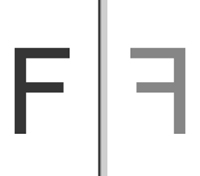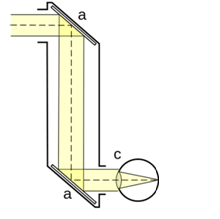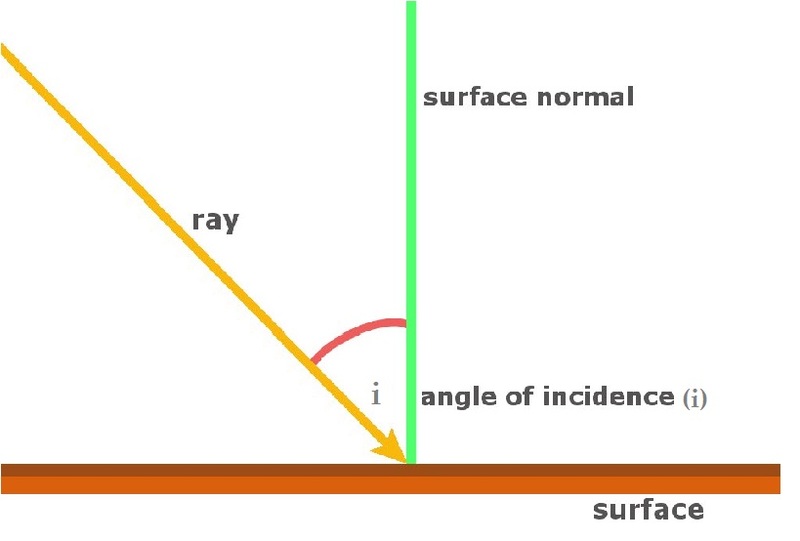8th Grade > Physics
LIGHT MCQs
:
C and D
From laws of reflection, we know that the angle of incidence is equal to the angle of reflection.
:
A
The most comfortable distance at which one can read with a normal eye is about 25 cm. This distance is called the least distance of distinct vision.
:
B
Shape of eye lens changes as we try to focus on objects at different distances. Ciliary muscles holding the lens contracts and relaxes to bring about such a change in the lens.
:
C
A plane mirror forms an image which has the same size as the object. Plane mirror does not magnify the image. Therefore, the size of the image will also be 10 cm.

:
D
Irregular reflection takes place when light rays are incident on a rough surface like wall, wood, a piece of wool etc, which are not smooth or polished. So, different portions of the surface reflect the incident light rays in different directions.
:
C
Regular reflection occur at highly smooth surfaces. Any surface that is polished will have a highly smooth surface. Among the options, polished marble floor and polished wooden table have very smooth surfaces. Thus, regular reflection takes place on those surfaces. Also, plane mirror is very smooth. It's probably the smoothest of surfaces. Regular reflection occurs there also.
However, chalk powder forms a rough surface. Any reflection happening there is diffused reflection.
:
B
In a periscope, light rays are reflected twice so that we can indirectly see the objects from different position. As you can observe from the figure, the beams of light are reflected by the two mirror surfaces one after the other. Magnifying lens, microscopes and spectacles have lenses in them and reflection is not the primary principle for working of these equipments.























